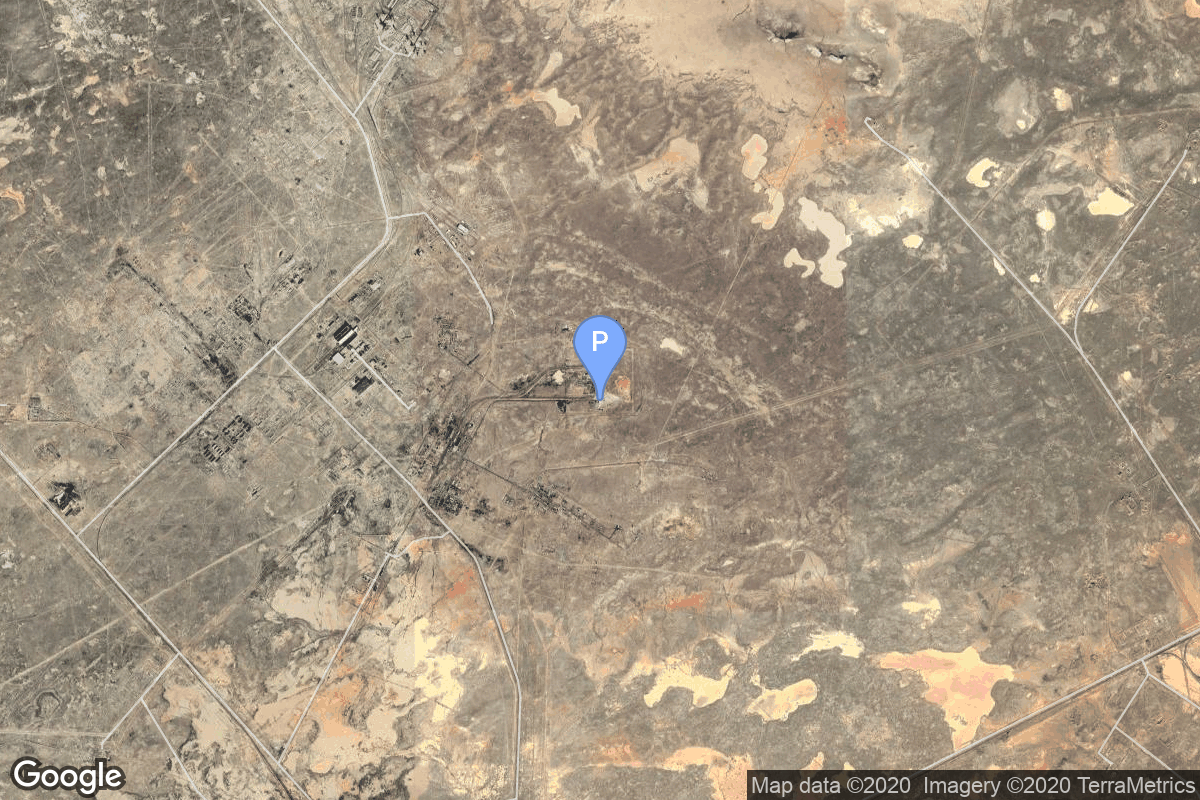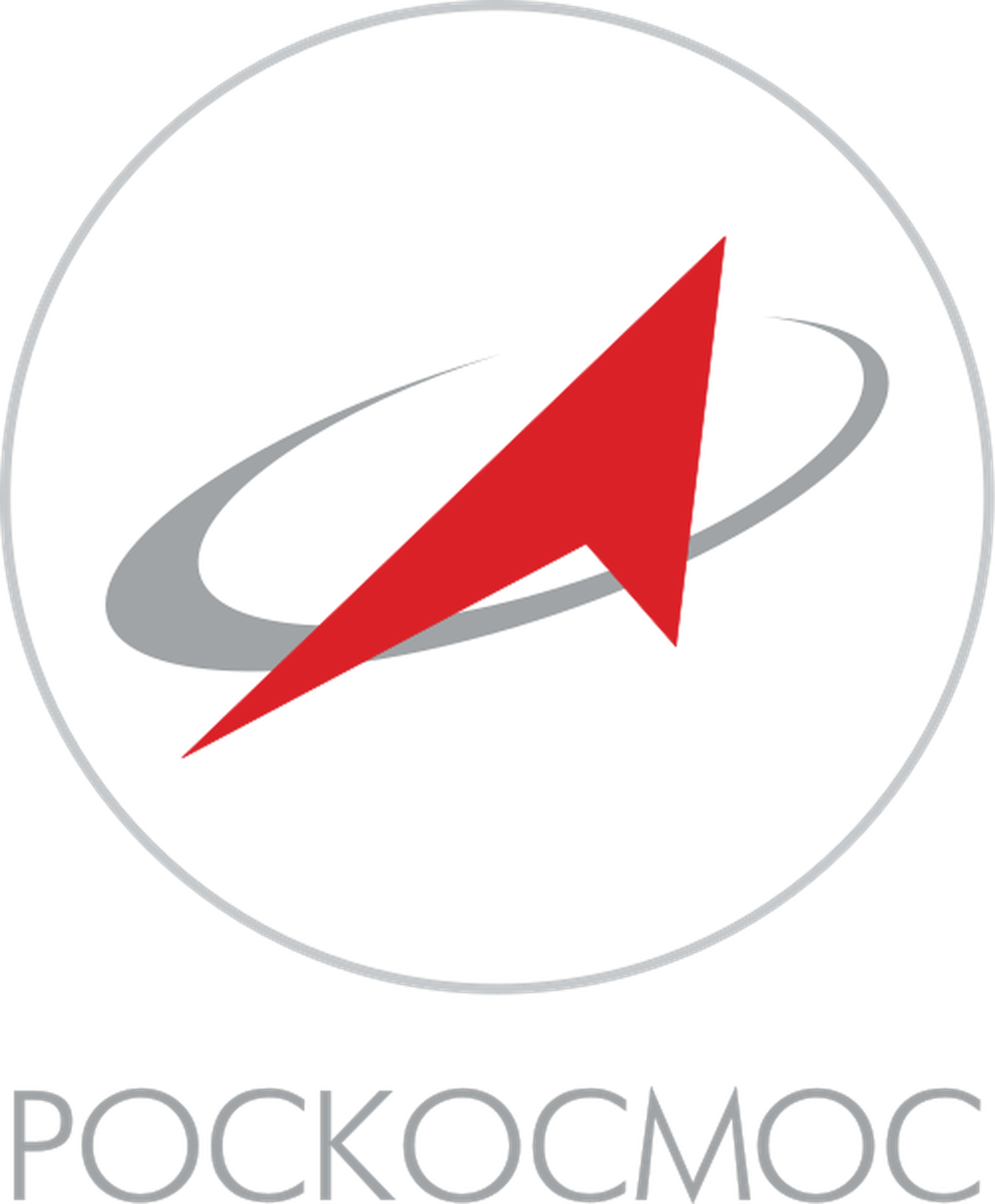Soyuz TM-14
Soyuz-U2
Russian Federal Space Agency (ROSCOSMOS)
Crew

Aleksandr Viktorenko
- Birthday: 03/29/1947
- Role: Commander
- Nationality: Russian
- First Flight: 07/22/1987
- Last Flight: 10/03/1994
Aleksandr Stepanovich Viktorenko (Александр Степанович Викторенко) was a Soviet cosmonaut. He was born in Olginka, North-Kazakhstan Oblast, Kazakh SSR on March 29, 1947. He is married with two children.
He was selected as a cosmonaut on March 23, 1978, and retired on May 30, 1997. During his active career he had been Commander of Soyuz TM-3, Soyuz TM-8, Soyuz TM-14 and Soyuz TM-20. He has spent a total of 489 days in space.

Klaus-Dietrich Flade
- Birthday: 08/21/1952
- Role: Research Cosmonaut
- Nationality: German
- First Flight: 03/17/1992
- Last Flight: 03/17/1992
Klaus-Dietrich Flade (born August 23, 1952) is a German pilot and former German Aerospace Center astronaut who visited the Mir space station in 1992 aboard the Soyuz TM-14 mission, returning to Earth a week later aboard Soyuz TM-13.

Aleksandr Kaleri
- Birthday: 05/13/1956
- Role: Flight Engineer
- Nationality: Russian
- First Flight: 03/17/1992
- Last Flight: 10/07/2010
Aleksandr Yuriyevich “Sasha” Kaleri (Russian: Александр Юрьевич Калери; born Jūrmala, Latvian SSR, USSR, 13 May 1956) is a Russian cosmonaut and veteran of extended stays on the Mir Space Station and the International Space Station (ISS). Kaleri has most recently been in space aboard the ISS serving as a flight engineer for the long duration Expedition 25/26 missions. He has spent the fourth-longest time in space of any person, the longest time in space of any currently active cosmonaut, and the longest time in space of any person not born in what is now Russia.
Mission
Soyuz TM-14
- Type: Human Exploration
- Orbit: Low Earth Orbit
Soyuz TM-14 was the 14th mission and the 11th long-duration expedition to Mir space station. It was the first mission after the USSR collapsed, and so became the first Russian space flight. The mission began on March 17, 1992, 10:54:30 UTC, launching Commander Alexander Viktorenko, Flight Engineer Alexander Kaleri and Research Cosmonaut Klaus-Dietrich Flade into orbit. They docked with Mir two days later. During their stay there, cosmonauts performed an EVA, various station repair and maintenance tasks, and carried out scientific experiments in materials research, space technology, astrophysics and earth observation. They were visited by several Progress resupply spacecrafts, and welcomed aboard the Soyuz TM-15 crew.
The mission concluded with a safe landing back on Earth on August 10, 1992, 01:05:02 UTC.
Location
1/5
Baikonur Cosmodrome, Republic of Kazakhstan
1/5 has witnessed the launch of 487 rockets, including 487 orbital launch attempts, while Baikonur Cosmodrome, Republic of Kazakhstan, has been the site for 1547 rocket launches.
Rocket
Soviet Space Program Soyuz-U2
The Soyuz-U2 was a Soviet, later Russian, carrier rocket. It was derived from the Soyuz-U, and a member of the R-7 family of rockets. It featured increased performance compared with the baseline Soyuz-U, due to the use of syntin propellant, as opposed to RP-1 paraffin, used on the Soyuz-U.
Agency
Russian Federal Space Agency (ROSCOSMOS)
The Roscosmos State Corporation for Space Activities, commonly known as Roscosmos, is the governmental body responsible for the space science program of the Russian Federation and general aerospace research. Soyuz has many launch locations the Russian sites are Baikonur, Plesetsk and Vostochny however Ariane also purchases the vehicle and launches it from French Guiana.



